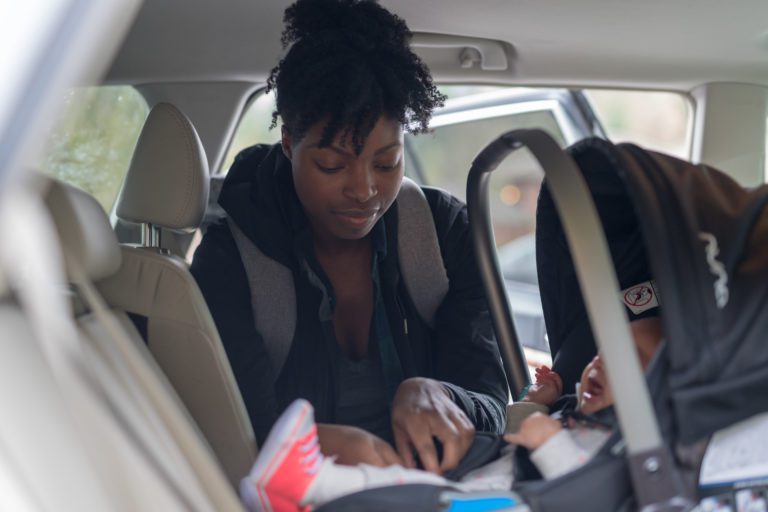Car Seat Tolerance Screening: You won’t be able to leave the hospital without transporting your new baby in a safe infant car seat, but what if your baby was born premature, or before 37 weeks? Will a typical infant car seat work for such a small baby?
Because preemies are at risk for low oxygen levels, slow heart rate (bradycardia) or stopping breathing (apnoea), the American Academy of Pediatrics recommends that all preterm infants be screened with a car seat “challenge” or “tolerance test” prior to discharge and if that test is not successful, a repeat test in a car bed to assure that infant is safe to travel home without breathing difficulties.
As a parent of a premature baby, you will need to ask for this assessment if it’s not done prior to baby’s going home. The AAP has indicated that while it’s their recommendation that all premature babies receive this screening in their car seat, as many as 10% of newborn nurseries don’t routinely provide this test.
Ideally, the hospital will use the car seat you have purchased for your infant to test your baby’s ability to ride safely in it. To do the car seat challenge, your newborn will be buckled into her or his infant car seat. The seat will be positioned at the same angle as it would be in the car and monitors will be used to measure your baby’s heart and breathing rates, as well as oxygen saturation. The test usually lasts 90 minutes but can take up to 120 minutes.
The test will be stopped early should baby encounter any problems and your healthcare providers may recommend that you purchase and use a special flat-lying infant car bed, which will allow your baby to lay fully extended while being protected during transportation. If your baby requires the use of a car bed, the AAP advises that they go through a car seat challenge test again when transitioning to a semi-upright infant car seat.
Safe use
SEE ALSO: Buckle Up: Car Seat Safety and Carrying Your Baby Safely In A Sling
Always choose a rear facing car seat with a 5-point harness for your infant. Other key recommendations include:
- Your infant should ride in an car seat made for babies and toddlers for as long as possible, even past the previous recommendation of age 2
- Position your baby with their back and buttocks flat against the car seat
- The harness straps coming out of the car seat should be at or below your baby’s shoulders
- The harness should be snug and the retainer clip should be positioned mid-chest
- Always place your baby or toddler rear facing until they reach the greatest weight or height (whichever comes first) listed as the limit for the car seat by the manufacturer of that seat
- When possible, have an adult sit in the rear seat with the infant
- Never leave an infant unattended in a car seat and never use the car seat for baby’s nap
FURTHER READING:
Making Your Home Comfortable for Baby
Steps After Bringing Baby Home
Smart Nursery: How Smart Is Your Baby’s Nursery?







Comments are closed.